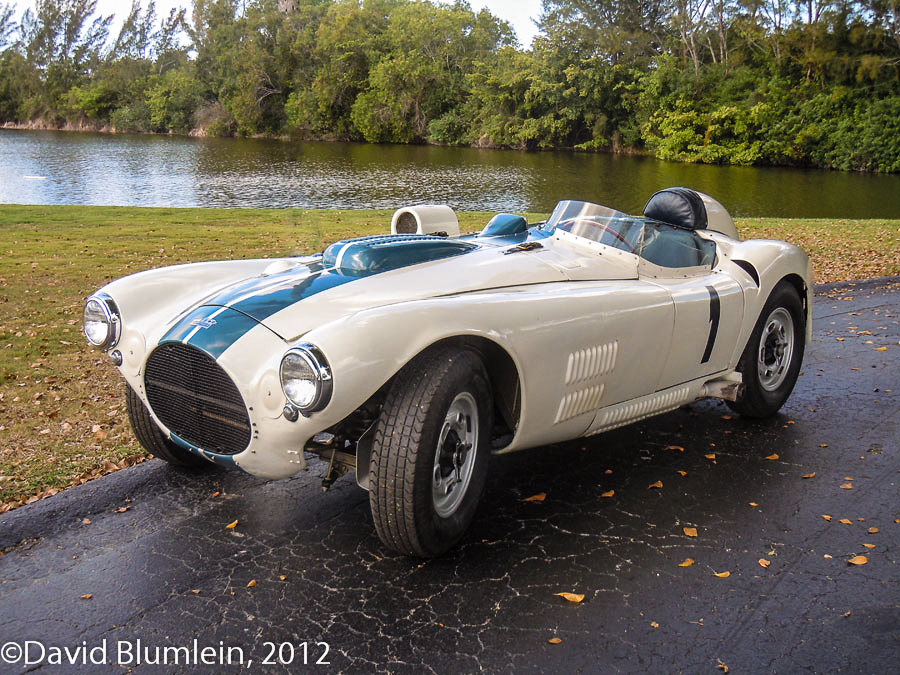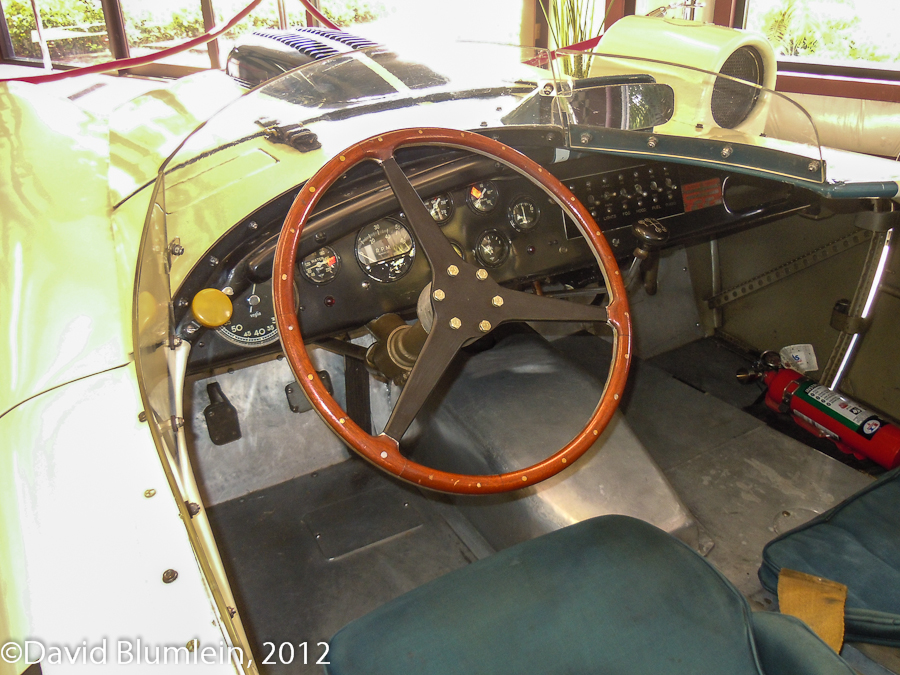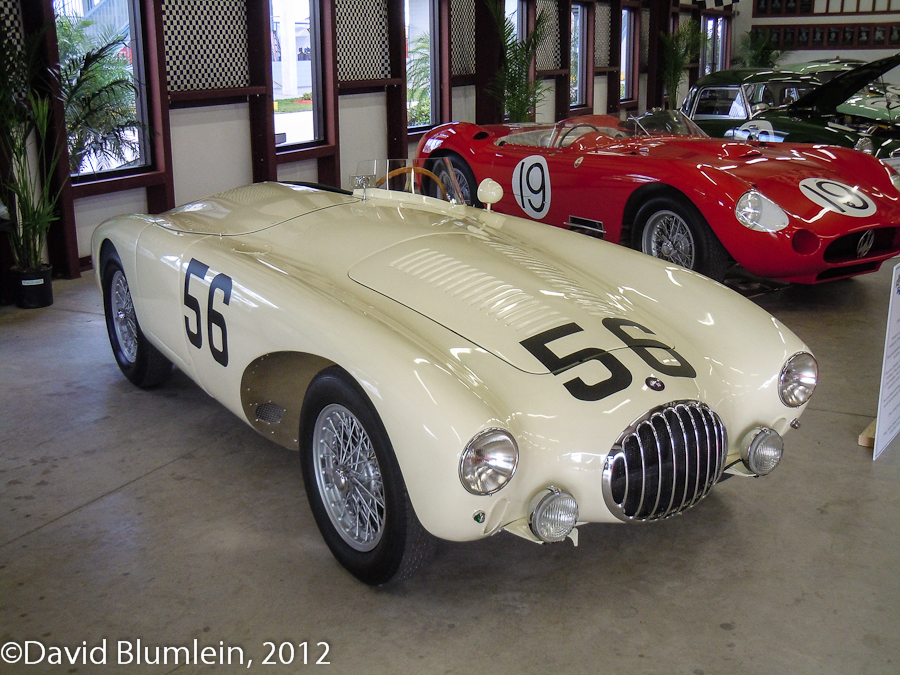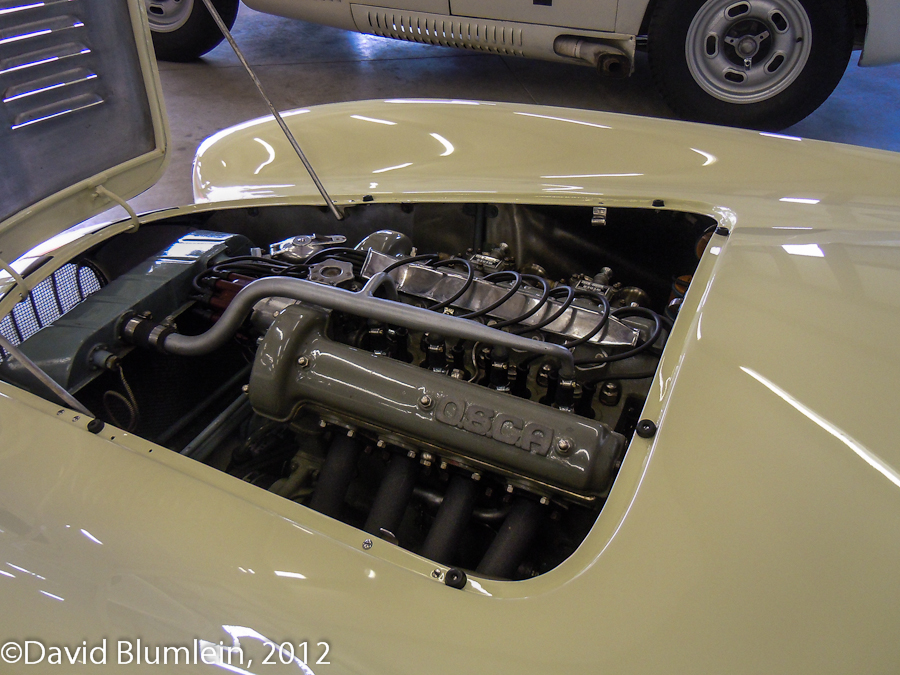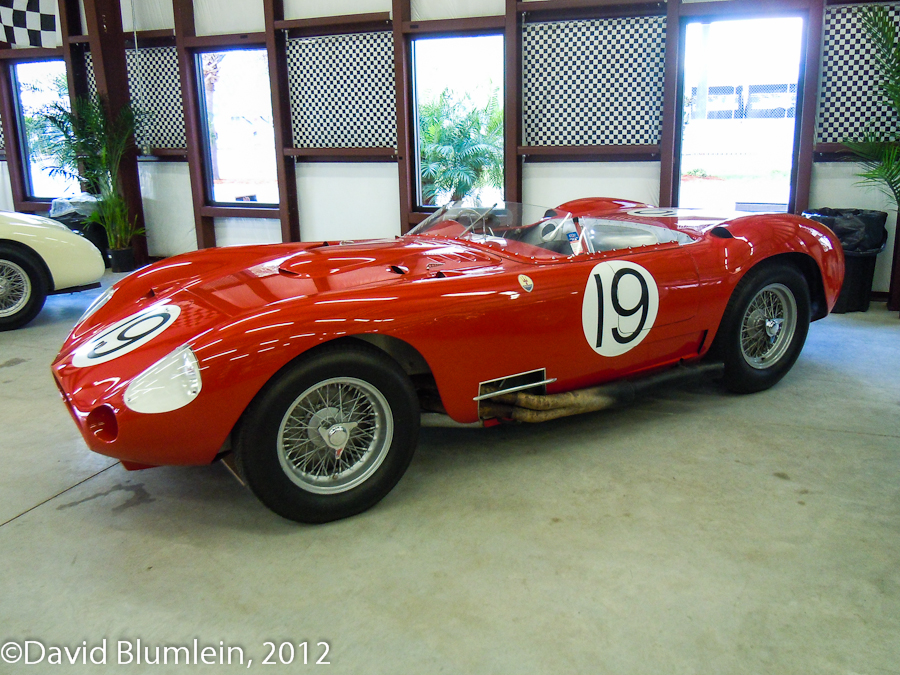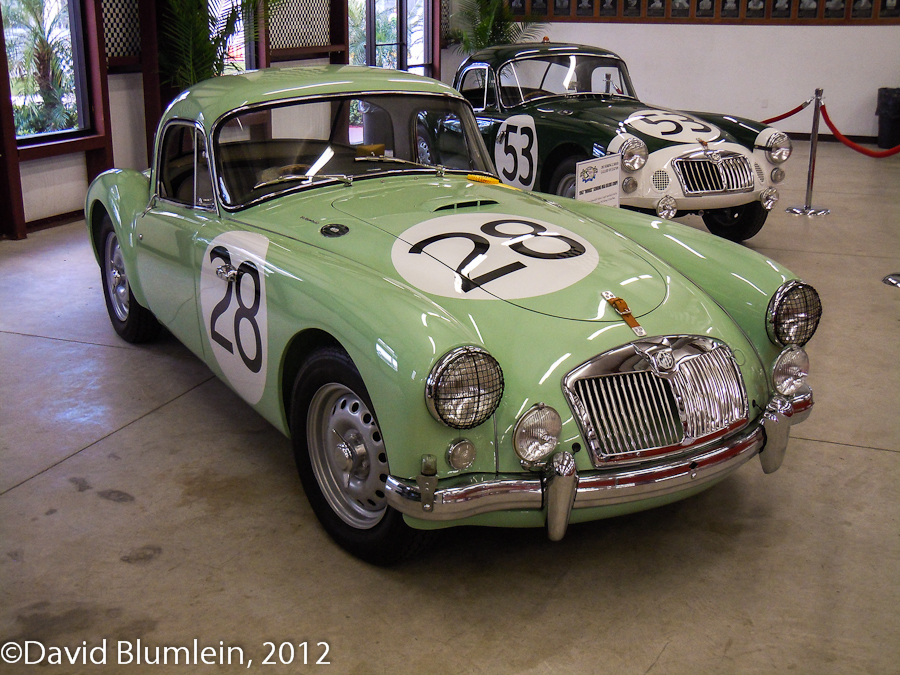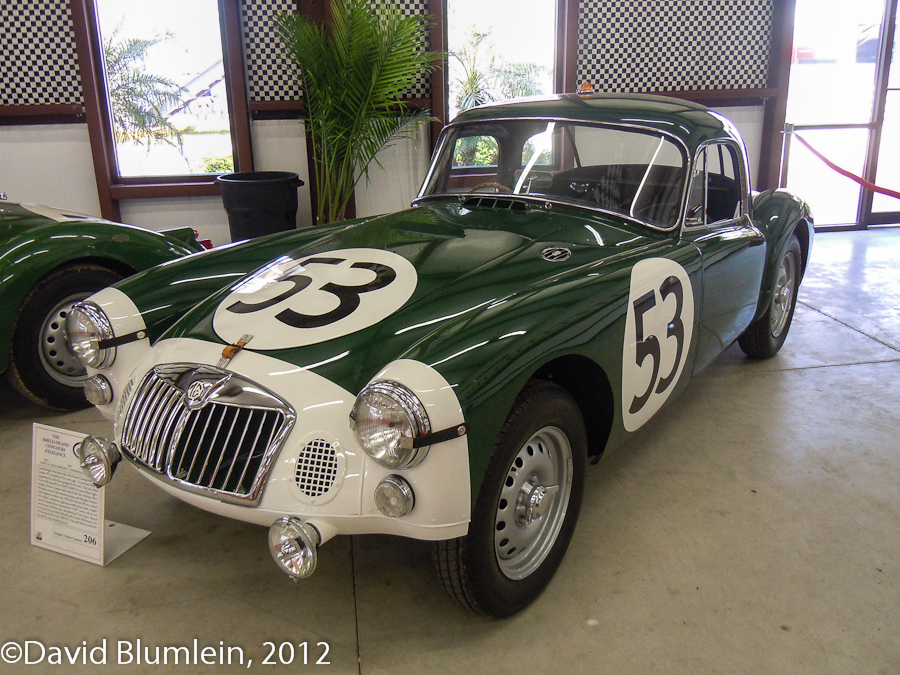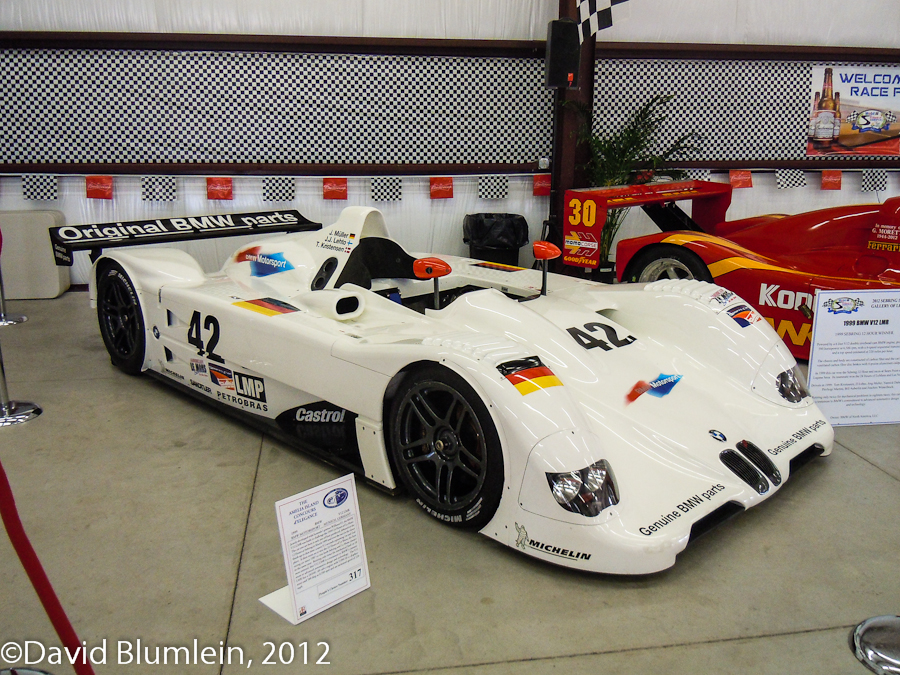Our Special Correspondent has been on his travels once again, this time to Florida. The big birthday celebrations brought forth all manner of automotive goodness and here a select few are given due consideration.
For the 60th Anniversary of this classic race, the organisers were able to bring together a collection of magnificent cars associated with this eminent event.
Cunningham C-4R
After a toe-in-the-water effort at Le Mans with Cadillacs in 1950, Briggs Cunningham was determined to try to conquer the 24-Hour race with his own all-American cars. The C-2Rs were quite promising in 1951 but were far too heavy to compete with the likes of the Jaguar C-type etc., and so he commissioned a new lighter car, the C-4R. This was designed by Briggs George Weaver, previously associated with Du Pont’s 1929 Le Mans entry and then during the 1940s with the design of the American Indian motorcycles.
This C-4R is famous as the winner of the 1953 Sebring 12-Hour race in the hands of John Fitch and Phil Walters. The race was the very first round of the newly conceived World Sports Car Championship and thus the car was the first all American car to win an international sports car race.
OSCA MT4 1500
Officine Specializzate Costruzioni Automobili – the company set up in December 1947 by the remaining Maserati brothers. They had sold their eponymous business to the Orsi family in 1938 but stayed with the firm until 1947 when the Orsis wanted to concentrate on more profitable road cars. The brothers wanted racing and built, at Bologna, small capacity sports cars. From 1950 onwards these had twin OHC 4-cylinder engines of varying capacities, the outstanding model being the MT4.
Big international recognition came to OSCA with the car’s win in the 1954 Sebring 12-Hour race, driven by Stirling Moss and Bill Lloyd.
The strong entry of four Lancia D-24s, three Aston Martin DB3S cars and various private Ferraris all suffered problems, the leading Lancia of Taruffi/Manzon failing with just 54 minutes remaining. This little OSCA was there to pick up the pieces, five laps ahead of the surviving Lancia of Rubirosa/Gino Valenzano. Other OSCAs finished 4th and 5th.
It remains one of the major upsets of international endurance racing.
Maserati 450S
The brutish Maserati 450S, with a 400 b.h.p. 4.5-litre V8, had a lengthy gestation, design work on the engine having begun in 1954. A car was first seen during practice for the 1956 Swedish Grand Prix but its race début came in the 1957 Buenos Aires 1,000 km. It was instantly superior to all the opposition and Fangio and Moss led easily until that Maserati Achilles heel, transmission failure, intervened on the 57th lap.
At the Sebring 12-Hour race in 1957 Fangio and Behra had such superiority that they cruised home to a comfortable win. Maserati scored one more win that year with the 450S, at the Swedish Grand Prix, but the car suffered such bad luck in the final championship race at Caracas, Venezuela, that Maserati was unable to clinch the Sports Car crown from Ferrari.
1959 MGA Twin Cam Coupé
There came a decree from Longbridge, BMC Headquarters, that, following the accidents at Le Mans and in the Tourist Trophy in 1955, there were to be no further official works race entries. The way around this for Sebring was to employ regional drivers in cars entered and prepared by dealers in New York, Washington and Pennsylvania.
In 1959 a full team of Twin Cams with hardtops was prepared at Abingdon and shipped over to the States for drivers from the U.S.A. and Canada, using mechanics drawn from the workshops of BMC Hambro Auto Corp. in New York and BMC Canada.Gus Ehrman and Ray Saidel came 2nd in class behind a works Porsche with this car.
1962 MGA works car
This is one of the three lightweight coupés built by the MG factory for the 1962 Sebring 12-hour race. Powered by the 1.6-litre engine in a Twin Cam chassis, the car had 4-wheel disc brakes, Plexiglass rear and side-windows and fibreglass bumpers.
The three car team finished the race and this one came 20th driven by John Whitmore, Bob Olthoff and F.Morrell.
1999 BMW LMR V12
This car was built by BMW Motorsport Ltd in co-operation with Williams Grand Prix Engineering at Grove in England. It was powered by a 48-valve 4 cam V12 of 5,990 c.c., a development of the engine that won Le Mans in the McLaren in 1995.
It not only won the Sebring 12-Hour race in 1999 but also that year’s Le Mans 24 Hours.
David Blumlein March 2012

